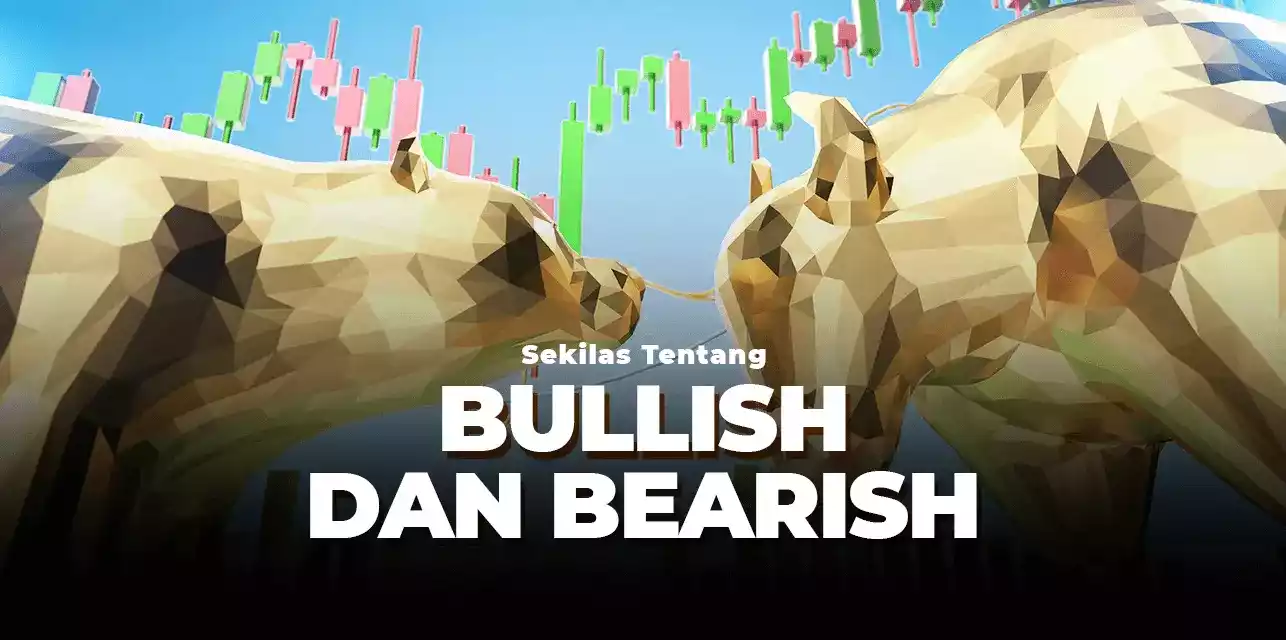Bullish and Bearish Differences
The main difference between bullish and bearish is the attitude or belief in relation to the stock market. Bullish people act with the belief that the price will rise, while bearish investors act with the belief that the price will fall. Patterns and trends in major stock market indices are often described in bullish vs bearish terms. It's easy to confuse your financial market animals — both Bullish and Bearish are large, powerful, and known for their territorial behavior. But in a bull market, the stock market value is up at least 20% from recent lows, while in a bear market, the average stock value is down at least 20% from its recent peak. A bull market is usually defined as a period of time in which prices continue to rise while a Bear market is defined as a period when the market drops by 20% or more from a recent high. Being bullish means that you are optimistic that the price will rise higher than it is currently while bearish is the opposite; You think the price will trade lower than it currently is. Bullish traders will look to take a long position either by buying stocks, call options or other financial instruments that will appreciate as the price rises. Bearish traders are looking to take a short position where they will profit if the market or stock falls from the current price. Some traders are so bullish that they will only buy stocks that they think will go up. These tend to be a more popular approach to the market because they tend to rise naturally in the long run due to inflation and other macroeconomic conditions. However, being bearish can be just as beneficial. The market tends to keep rising over a period of time while the decline in the market tends to be sharp and sudden allowing bearish traders to take advantage in a short period of time.Becoming Bullish
Bullish long-term trade
When investors are bullish for the long term, it implies that they have a good outlook on the future of the company. They believe that the stock is undervalued at the current share price. This also applies to the market as a whole. If you are bullish in the market, you are convinced that economic conditions are favorable for price appreciation.Becoming Bearish
Bearish traders about the asset believe that its price will fall. Investors with this belief can choose to act or not. If they choose to act, they can sell the shares they currently own, or they can sell the shares short. This means they borrow shares from their brokers, sell them on the open market with the aim of buying them back at a cheaper price after the price drops. A bear market can be a self-fulfilling prophecy, where a large number of pessimistic investors can start a downtrend by selling an asset excitedly in the hope that the price will fall, but essentially cause the price to fall on its own. However, this trend reversal is experienced when speculators enter and buy at low prices, and the price gradually rises again as traders are hit back, resulting in a bullish market.How to Determine Bullish and Bearish Signals
Bullish and bearish markets can be easily identified by price charts. Bullish markets form successive higher highs and higher lows in the market, with each higher high exceeding the previous higher high and each higher low forming a higher base than the previous higher low. This is best explained with a graph. The following chart shows a typical Bullish market.
As can be seen, each of the higher highs (swing high) and higher (swing low) are respectively higher than the previous one. Notice how the price sometimes drops when it goes up – This is called a price correction and does not represent a Bear market. As long as the market forms a new higher high, it is called a bull market. A price correction is a normal formation that occurs in both bull and bear markets. They represent counter-trend movements, caused by profit-taking activity, overreaction to news, or simply a few large orders that are not price sensitive that push the price against the underlying trend. A Bullish market is similar to a Bear market only reversed. In a bull market, the price forms a lower low and a lower high in succession, with each lower low exceeding the lower lower low of the previous and each lower high forming a lower top than the previous lower high. Again, this is best illustrated with a graph.

In the image above, you can see how a typical downtrend is. The price continues to push lower with occasional counter-trend movements, i.e. price corrections. Just like in the case of a bull market, such price corrections can occur for a variety of reasons, such as profit taking or short-term news trading. Trend following traders often wait for a price correction before entering the direction of the underlying trend, as this trading approach provides a more attractive risk-to-reward ratio than simply buying at the highest price or selling at the low.
Bullish and Bearish Causes
As mentioned earlier, investors are the ones who start a bull market. When they feel that the price will start to rise and continue to do so for a long time, they start buying stocks (at low prices) and are optimistic about the return on investment (ROI). The increasing optimism among investors also causes stock prices to continue to rise. There are also other factors that cause bull markets to emerge. Among them are a strong gross domestic product (GDP) and a low unemployment rate. Generally, favorable market conditions lead to an increase in investor confidence. The Cryptocurrency bull market is also affected by factors similar to traditional markets. However, the crypto market is still relatively new on the scene, compared to traditional securities that have been around for hundreds of years. With fewer total investors, crypto can also be driven by factors unique to its niche. For example, a crypto bull run can be driven by things like:- Mainstream and pop culture support: Think of a bullish 2017 influenced by the likes of Paris Hilton and DJ Khaled, and shows like The Big Bang Theory.
- Introduction to institutional capital: A good example is MicroStrategy's $650 million (more than 70.000 BTC) Bitcoin (BTC) investment.
- Growing optimism from traditional finance: JPMorgan strategists say Bitcoin could rise to the $146,000 level.
- Unique events that threaten traditional finance: COVID-19, for example, prompted many people to switch to crypto amid the pressure caused by the pandemic in traditional financial markets.
- Lower trading volume: This usually means that people have already started holding their coins due to the uncertainty in the market.
- Negative sentiment from traditional finance: An example is when JPMorgan CEO Jamie Dimon called Bitcoin a scam in 2017, just a few months before it hit $20,000 per unit and then immediately crashed.
- Death cross: A technical indicator related to the crossover of an asset from a 50-day moving average to a 200-day moving average.
- Backwardation: When the price of an asset in the futures market is lower than the current market price.
- Changes in the federal funds rate: The rate at which banks lend/borrow excess of their reserves overnight.
- Intervention from regulatory agencies: An example is the Chinese government's restrictions on software and crypto mining. Such interventions have forced many mining operations offline, leading to widespread uncertainty.
Advantages When Knowing Bullish and Bearish
The advantages of the Bull Market are:- When the stock market turns into a bull market, the long-term financial gains increase substantially. Where the concrete plan to get higher rewards, but users must know how to plan their investments and allocate financial resources.
- In a bull market, choose a gradual approach to get a better price to sell stocks. You don't always get the price you want, but approaching or taking advantage of that advantage is worth it.
- A lot can happen in such a market where prices may seem too good to be true. Both for the long and short term, investors can enjoy the benefits of the investments made.
- The price of an investment falls when the stock price falls. Where many can enter the market and get stocks at a lower price for a long-term investment plan.
- Simply an information market where it provides you with risk tolerance and risk-taking ability. Although tentative, studying the market from the perspective of a Bear market makes a difference.
- If you want to restart your portfolio with fresh stocks and minimal investment, then a Bear market is the market you should look for.
 Last:
Last: 







